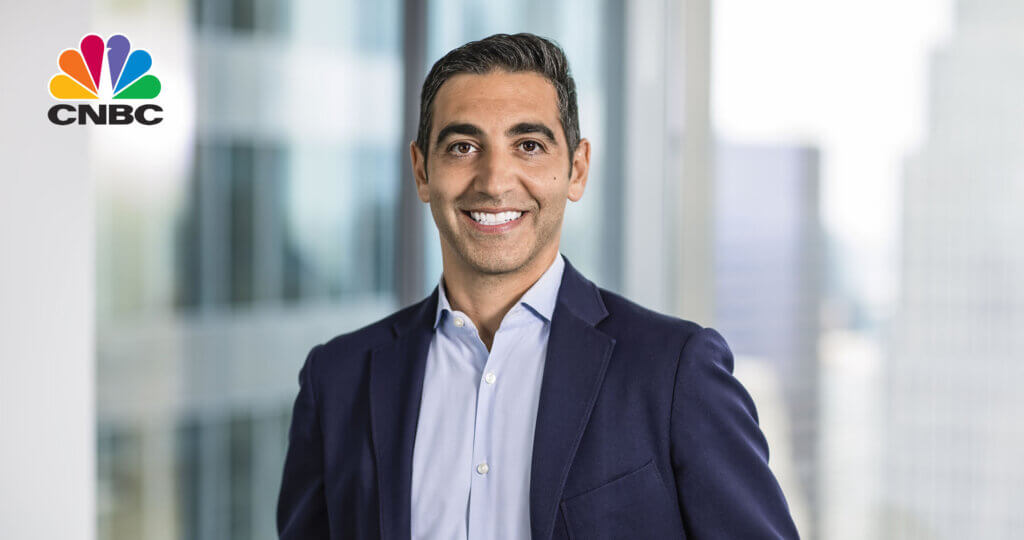It’s always something
Roseanne Roseannadanna
Monday morning quarterbacking is a great pleasure for sports fans. In sports, as in many areas of life, decisions that produce bad outcomes are endlessly replayed, generating innumerable, unanswerable “what if” questions. For me, the sport of second-guessing has become much more fun now that it is based on data. Bill Barnwell, a writer for the website Grantland, is one of the best at writing entertaining statistical reviews of key coaching decisions. Why would Alabama Coach Nick Saban attempt an unlikely 57-yard field goal at the end of regulation, rather than force overtime against an Auburn team that he was heavily favored to beat? That was an easy decision to second-guess after the kick fell short, Auburn returned it for a game-winning touchdown, and Alabama was denied the chance to defend its national title. But the answer to why they attempted the kick is equally easy. Looking at data, that field goal attempt had about an 18% probability of succeeding, much higher than the chances of a Hail Mary succeeding. Further, the probability of a missed field goal of over 50 yards being returned for a touchdown is well under 1%. Good call, bad outcome.
At Oakmark, we are long-term investors. We attempt to identify growing businesses that are managed to benefit their shareholders. We will purchase stock in those businesses only when priced substantially below our estimate of intrinsic value. After purchase, we patiently wait for the gap between stock price and intrinsic value to close.
When our Chicago Bears, in overtime, attempted and missed a 47-yard field goal on second down, instead of running two more plays, the second-guessers immediately jumped on Coach Marc Trestman. Not only did that call lead to losing the game against the Minnesota Vikings, but the second-guessers were right. Though a game-winning field goal was the most likely outcome, something on the order of 65% probable, that probability would have improved to nearly 90% had the Bears gained just 10 more yards. Further, the probability of gaining extra yards on two plays far exceeded the probability of losing yards. Finally, running the two additional plays would have taken time off the clock, eliminating Minnesota’s chance to mount a subsequent game-winning drive. (In hindsight, the Chicago coach was probably influenced by recency bias, having just watched Minnesota lose yardage in a similar situation.) Bad call, bad outcome. After revisiting hundreds of challenging coaching decisions, it’s no surprise that New England’s Bill Belichick, whom many consider to be today’s best football coach, almost always makes the calls that maximize his team’s probability of winning.
Investing shares a lot of similarities with sports. Good decisions often lead to bad outcomes and vice-versa. In order to fairly judge decisions based on outcomes alone, one needs a large sample size, rather than just a few anecdotes. Like Coach Belichick, investors with long track records of above-average performance almost always employ a process that puts the probabilities in their favor.
One of the most important contributors to successful long-term investing is asset allocation. Investors evaluate the tradeoff between higher returns on riskier assets, such as stocks, and lower returns on more stable assets, such as U.S. Treasury bonds. In constructing a portfolio, they try to balance their desire for maximum returns with their ability to withstand volatility. Long-term data clearly demonstrates that stocks, though more volatile than bonds, have rewarded investors with higher returns. Statistics compiled by Ibbotson Associates show that since 1926, stocks have produced an average annual return of 10% while U.S. Treasury bonds have returned less than 6%. Long-term investors in stocks have been well rewarded for accepting the risk of short-term loss. Obviously, if one could avoid owning stocks in the negative years, one’s return would be even higher (and one’s risk would be lower) than if one used a buy-and-hold approach. With this in mind, many investors attempt to time their investments in stocks. But almost every study has concluded that trying to time the market is futile for most investors.
And yet, despite all of the evidence that stocks are the highest returning asset class over the long term and despite all of the evidence that almost nobody can time the market, the financial media usually treats bears as being more thoughtful than bulls. This is a pet peeve of mine because I believe it is a disservice to individual investors. Much like with Monday morning quarterbacking, investors need to consider the probabilities. Since the stock market has to either go up or go down, you might think this is a 50/50 proposition. However, the S&P 500 Index has had 24 down years since 1926; in other words, in 88 years, only 27% of the years have produced a loss. The probability of a down year has been about the same as the probability of an eight-point underdog winning a football game. It happens, but it isn’t a bet you’d make unless you got good odds. In short, history shows a much higher burden of proof is on the people who predict that the market will fall, rather than on those who predict it will go higher.
When we look back on the S&P 500 gaining over 30% in 2013, it will seem like owning stocks was an easy call. The market had been moving higher in preceding years, valuations weren’t demanding, and the economic recovery was still quite young. But the bears argued that it was foolish to invest after stocks reached a new high in March. They argued that slowing growth in China threatened our economic recovery and that it was too risky to invest when our government was so dysfunctional that it shut itself down. Additionally, they predicted that the Fed tapering would bring a screeching halt to the positive returns. As Gilda Radner’s Saturday Night Live character Roseanne Roseannadanna said 35 years ago, “It just goes to show you, it’s always something–if it ain’t one thing, it’s another.” There has always been something for investors to fear, not just last year but every year, yet the market has averaged a 10% annual gain and has gone up in 73% of the years since 1926.
Our message is not that the stock market is unusually cheap right now, nor are we saying that we believe it is poised for a great 2014. We don’t believe we have specific market-timing skills. Clearly, the 125% increase in the S&P 500 over the past five years was not matched by an equally high increase in intrinsic business values; so by definition, stocks aren’t as cheap as they were. However, when looking at metrics such as price-to-earnings ratios, stocks appear to be priced consistent with historic averages. And when stocks have been priced near average levels, returns have typically been near average, too. Looking at the probabilities, “average” isn’t a good reason to be bearish.
Our message is the same as it almost always is – don’t let current events keep you from following your long-term financial plan. Periodically reexamine your asset allocation and take the steps needed to put your portfolio back into long-term balance. Restoring balance won’t always deliver an immediate profit. Sometimes a kicker misses a 47-yard field goal attempt. Sometimes a field goal attempt gets returned for a touchdown. Neither is more likely than not, but they happen. In an uncertain world, all that investors can do, like good coaches, is to position themselves so that the probabilities are in their favor. And remember, the stock market bulls start the year as an eight-point favorite.
Click here to access the full list of holdings for The Oakmark Fund as of the most recent quarter-end.
Click here to access the full list of holdings for The Oakmark Select Fund as of the most recent quarter-end.
The Price-Earnings Ratio (“P/E”) is the most common measure of the expensiveness of a stock.
Morningstar, Ibbotson SBBI 2013 Classic Yearbook. Market Results for Stocks, Bonds, Bills, and Inflation 1926-2012.
The S&P 500 Total Return Index is a market capitalization-weighted index of 500 large-capitalization stocks commonly used to represent the U.S. equity market. All returns reflect reinvested dividends and capital gains distributions. This index is unmanaged and investors cannot invest directly in this index.
The Oakmark Fund’s portfolio tends to be invested in a relatively small number of stocks. As a result, the appreciation or depreciation of any one security held by the Fund will have a greater impact on the Fund’s net asset value than it would if the Fund invested in a larger number of securities. Although that strategy has the potential to generate attractive returns over time, it also increases the Fund’s volatility.
Because the Oakmark Select Fund is non-diversified, the performance of each holding will have a greater impact on the Fund’s total return, and may make the Fund’s returns more volatile than a more diversified fund.
The discussion of the Funds’ investments and investment strategy (including current investment themes, the portfolio managers’ research and investment process, and portfolio characteristics) represents the Funds’ investments and the views of the portfolio managers and Harris Associates L.P., the Funds’ investment adviser, at the time of this letter, and are subject to change without notice.








